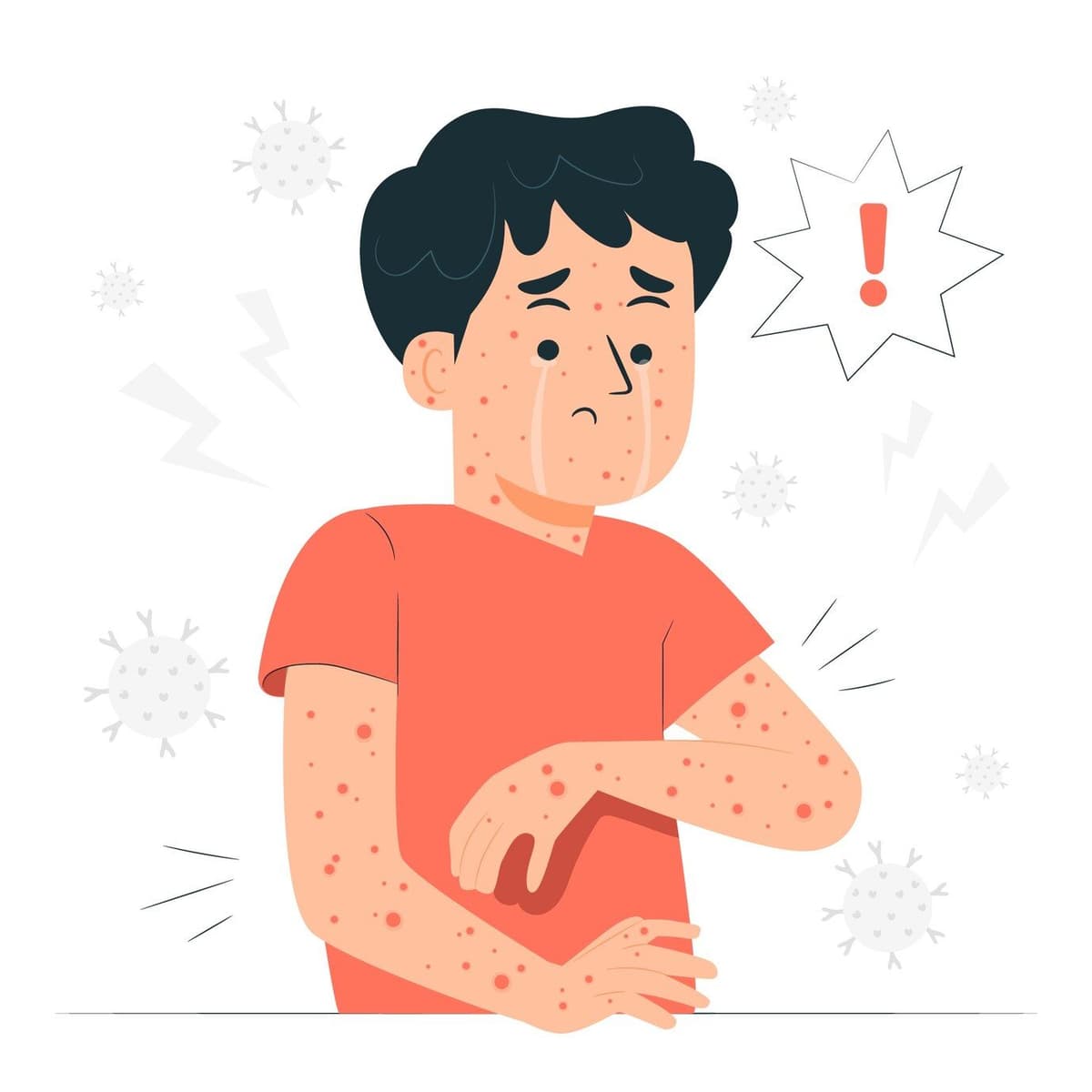

Whenever vaccine mandates in schools are discussed, they usually spark heated debates and varied opinions. People either treat a mandate as a much-needed measure to secure public health, or view it as overreach. That said, mandating vaccines for school-going children is not exactly a modern idea; as a matter of fact, it has been part of public health strategy dating back to more than 170 years ago. Understanding the historical backdrop of vaccine mandates in the United States can help us gain insight into their purpose and evolution.
The earliest record of a school vaccine mandate in the U.S. was in 1850. At that time, smallpox was a prevalent public health issue, causing severe illness and death among all populations. The smallpox vaccine was the first vaccine ever created, by Edward Jenner in 1796, and had notable success in preventing outbreaks. It was not until the middle of the 19th century that health authorities realized the importance of vaccination on a larger scale in preventing infectious diseases.
After episodes of smallpox, some states and cities all over the United States issued smallpox vaccination mandates for admitting children to public schools. The requirement was implemented to avoid not only the deadly action of the disease in individuals but also to prevent groups from contracting smallpox. The logic was simple: schools offered the perfect incubators for contagious diseases, as hundreds of children congregated in close proximity. If all of these schoolchildren could be vaccinated, then public health officials could establish herd immunity and prevent outbreaks.
The success of smallpox vaccination opened the way for vaccine mandates to be applied to the threat of other infectious diseases. New vaccines developed in the late 19th and early 20th centuries created further avenues for vaccine mandates. Vaccines for diphtheria, pertussis, and tetanus became available and began to be incorporated into public health strategies.
For instance, diphtheria was a major killer of children in the first half of the twentieth century. As soon as the diphtheria vaccine was introduced and mandated for school-going children, cases of the disease plummeted. Government public health campaigns touted the vaccine’s safety and efficiency, and school mandates assured high vaccination coverage among children.
Vaccines against poliomyelitis were introduced in the mid-20th century and changed the face of public health. Polio was one of the most dreaded diseases at the time, causing paralysis and death, chiefly in children. There was a dramatic decrease in the number of polio cases after the widespread application of the polio vaccine, and it played a vital role in efforts to eradicate the disease. Mandating vaccination for school-going children ensured high levels of immunity to prevent outbreaks and, at the same time, protected future generations.

Throughout history, vaccine mandates have had intrinsic legal and ethical dimensions. Public health policies need to strike a careful balance between the rights of the individual and the collective need to protect the community. In the U.S., most courts have tended to uphold vaccine mandates, underscoring the power of the state in implementing public health measures.
One leading case in this respect is Jacobson v. Massachusetts (1905). The Supreme Court, in this case, upheld the authority of states to enforce vaccination mandates. A Swedish immigrant named Henning Jacobson refused to get a smallpox vaccination under a mandate in Massachusetts, citing his own personal freedom. The Court found against Jacobson on the argument that individual freedoms might be overlooked in the interest of public health and safety. This then created a case law for the ability of states to use their police power in enforcing vaccination mandates for the protection of the public from communicable diseases.
The ethical dimensions of the vaccine mandate revolve around individual autonomy, parental rights, and responsibility for the protection of public health. While some believe personal choices regarding health ought to be left to the individuals concerned, others feel that vaccination is a social duty in that it saves those who are medically exempt from receiving the vaccines. In other words, this debate highlights the tension between the right to make personal health decisions and the obligation to protect the community. Those in favor of vaccine mandates argue that, because vaccines help prevent the spread of contagious diseases, getting vaccinated is not just a personal choice but also a responsibility to safeguard public health, particularly for vulnerable populations who rely on herd immunity.
In the last few years, vaccine mandates in schools have come under increasing scrutiny, particularly with the COVID-19 pandemic. The advent of COVID-19 vaccines and the resultant talks of mandating these for school-going children refocus attention on the debate around vaccines as part of public health. While the nature of diseases and vaccines may have changed, the core tenets are very similar: mandates have been set in place for the protection of individuals and communities at large.
The COVID-19 pandemic put into sharp relief the role of vaccination in infectious disease control. As before, schools were once again a focus for public health strategies. Requiring vaccinations for schoolchildren was a presumed means of ensuring safe in-person learning and preventing outbreaks. The rapid development and emergency use authorization of COVID-19 vaccines unsettled an increasingly wary public and engendered vaccine hesitancy.
Although the challenges are at hand, the historical precedent of mandates for vaccination still offers a framework for understanding their continued importance. Lessons learned from past campaigns teach us about increasing vaccination rates and protecting public health today. For instance, clear communication regarding safety and efficacy, and the importance of attaining herd immunity, are crucial in public health campaigns.
In developing new vaccines as public health challenges continue to arise, vaccine mandates will play a critical role in ensuring the health and well-being of students and communities in times to come. Throughout their history, vaccine mandates have been an integral part of infectious disease control and outbreak prevention. Moving into the future, there will be a continuing need to address public concerns and ensure that the mandates are implemented in a manner that respects the rights of the individual while protecting public health.
Public trust in vaccines can be increased through education and open communication. Misinformation can be minimized by providing information that will enable people to make informed decisions regarding vaccination risks and benefits. Additionally, ensuring equal access to vaccines for all promotes a high vaccination rate.
Vaccination mandates in schools have a history dating back to 1850 as a cornerstone of public health strategy that has controlled and prevented outbreaks of infectious diseases. Knowing the history behind vaccination mandates will help us understand their significance and the reasons behind them. The lessons learned from the past can help us in making informed decisions to ensure a healthy future for generations to come.
The vaccine mandates are not strictly a modern invention; they are a time-tested public health tool. Success in controlling smallpox, diphtheria, and polio testifies to their efficacy. With new health threats emerging at the turn of the 21st century, many of the issues that made vaccine mandates beneficial throughout the past century are still relevant today. Mandates have a role in ensuring high vaccination rates, thus reducing the spread of dangerous illnesses and protecting our schools and communities for a healthy future for all.